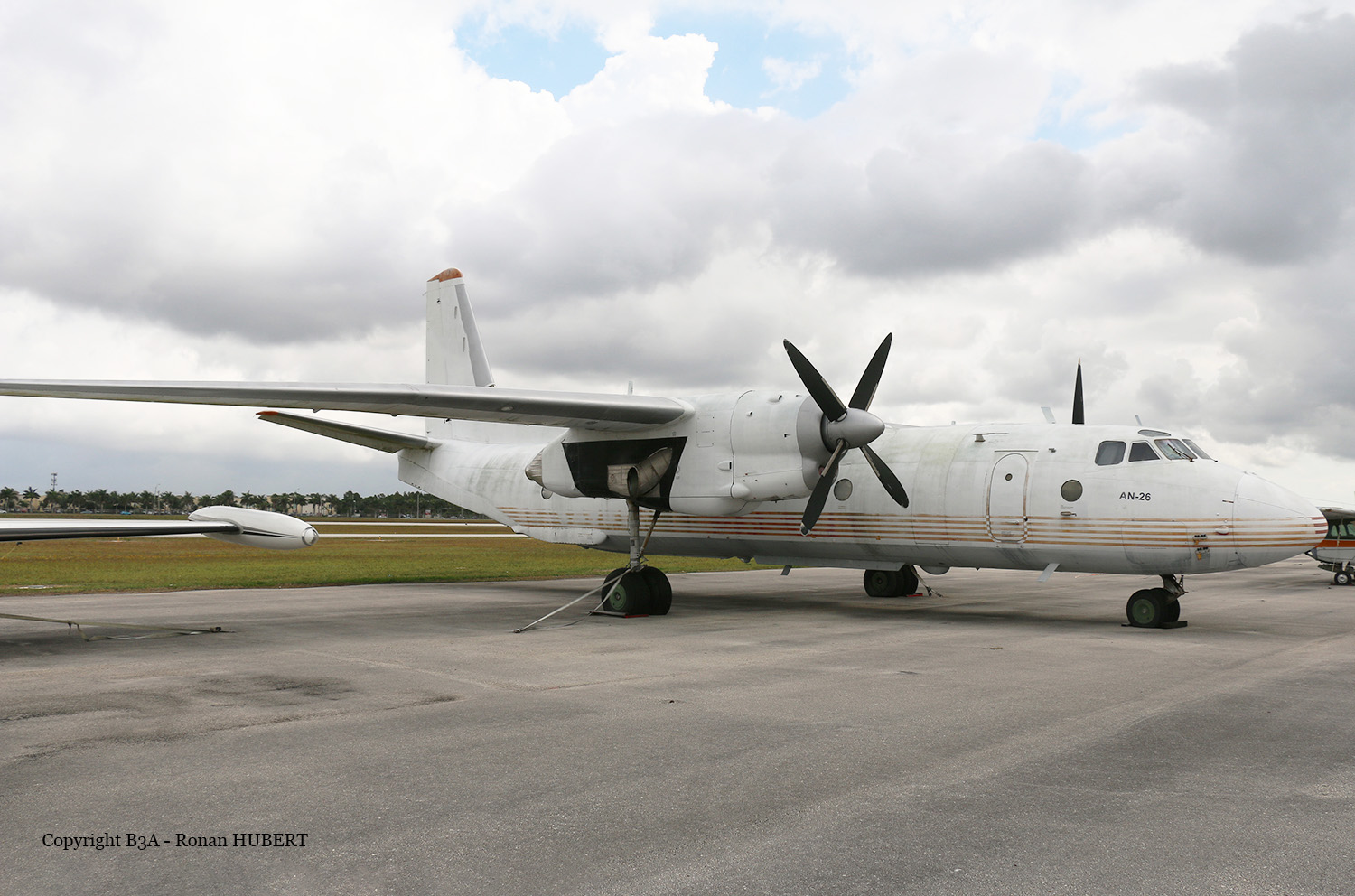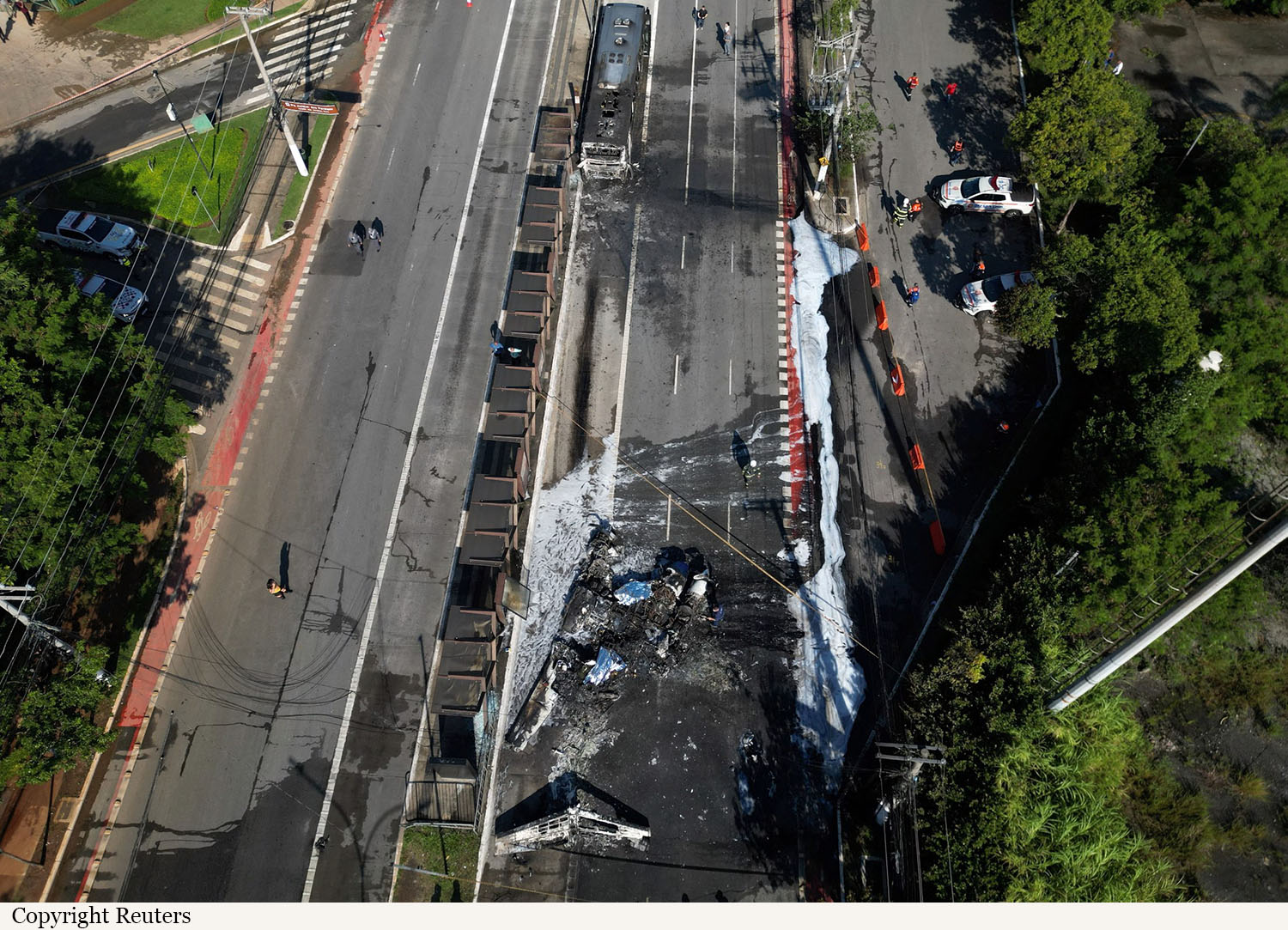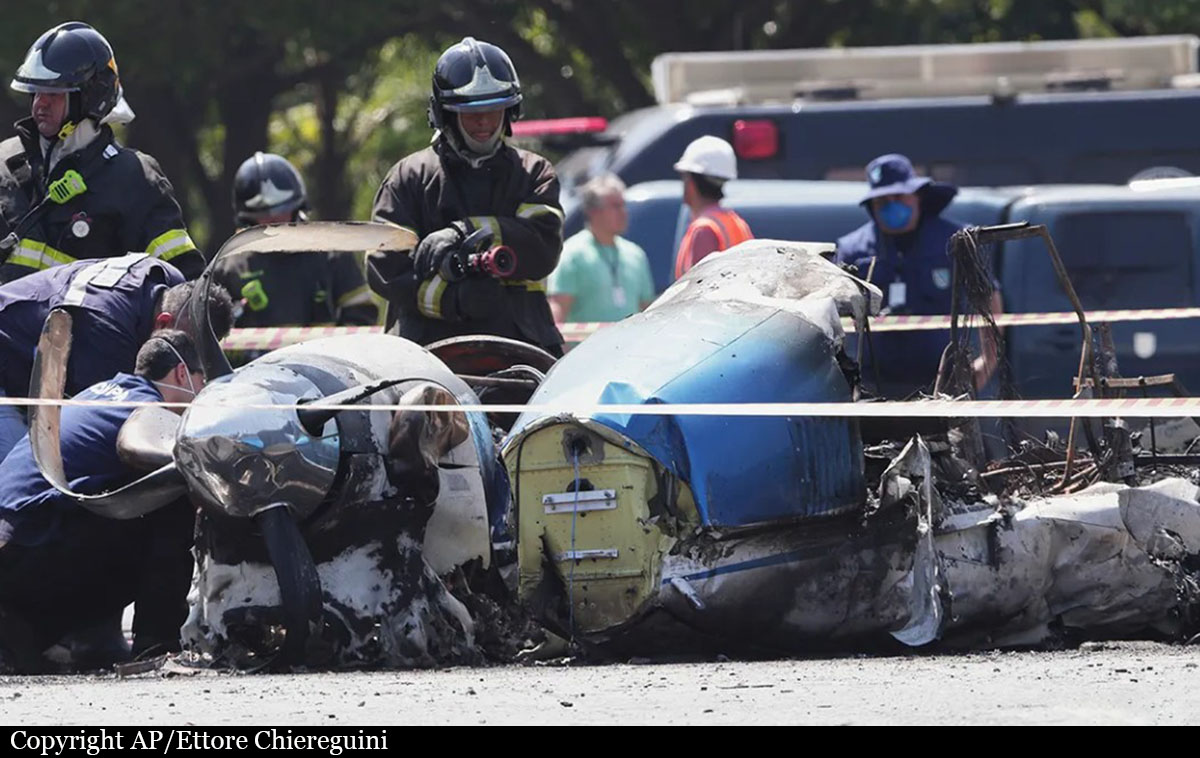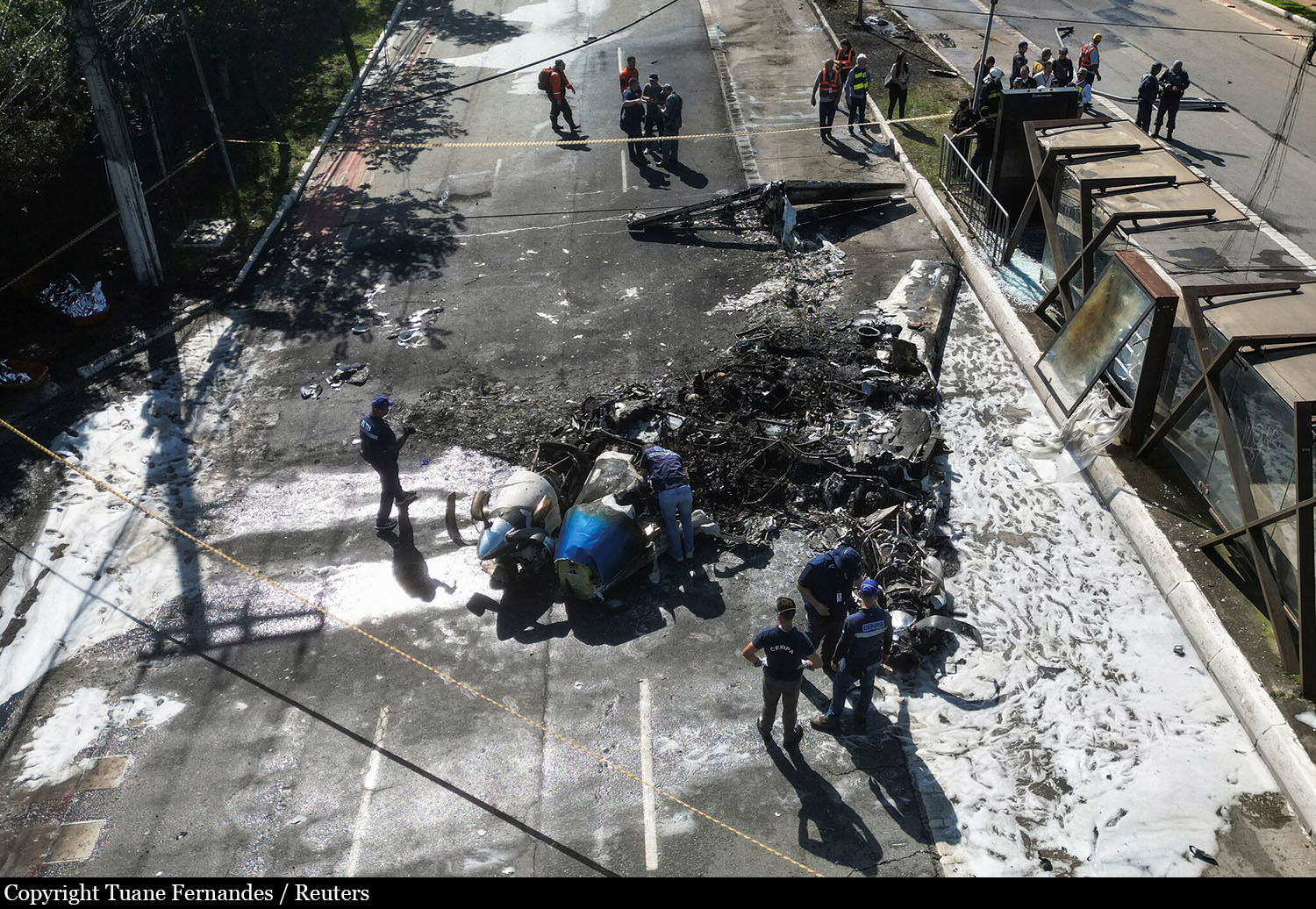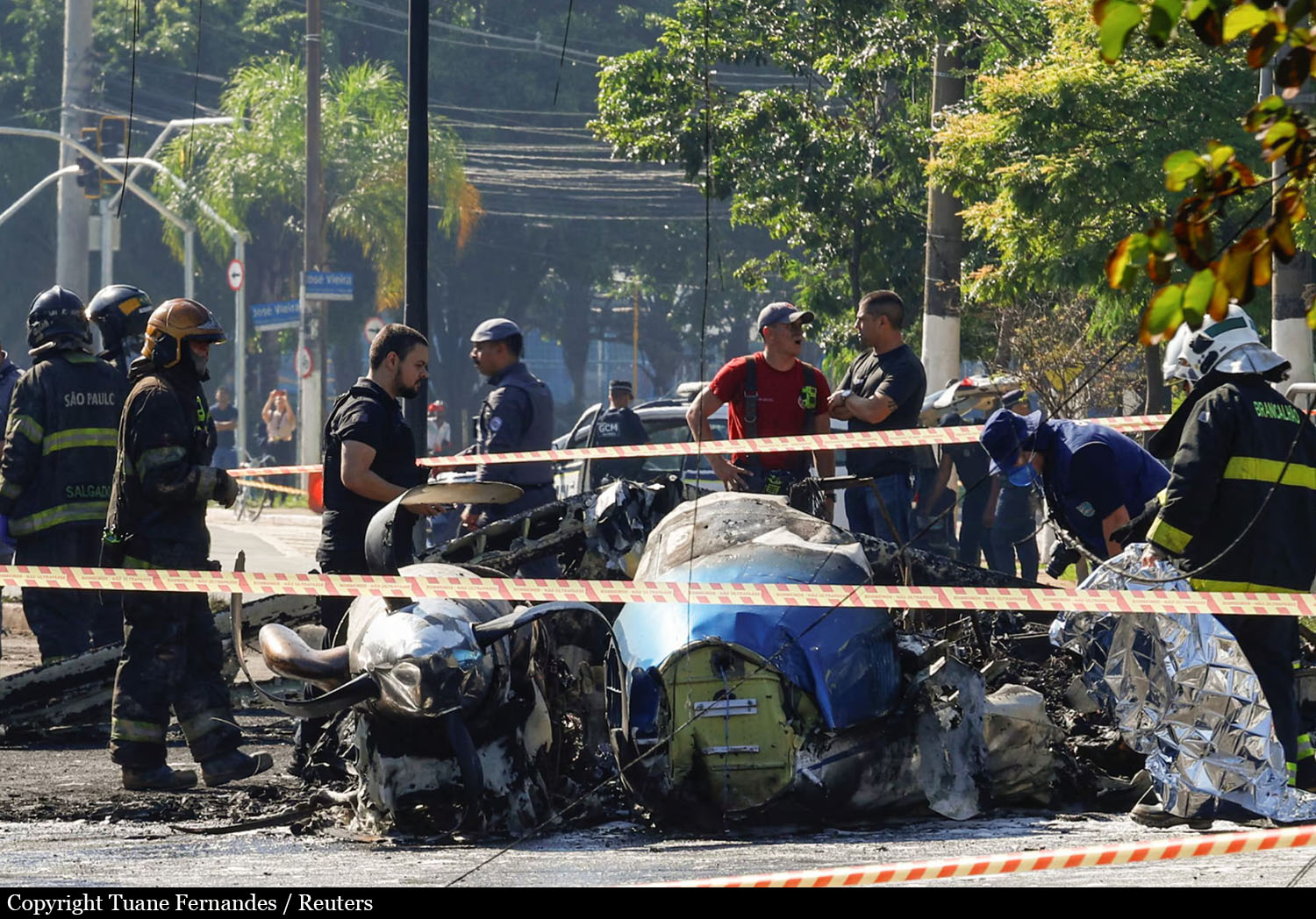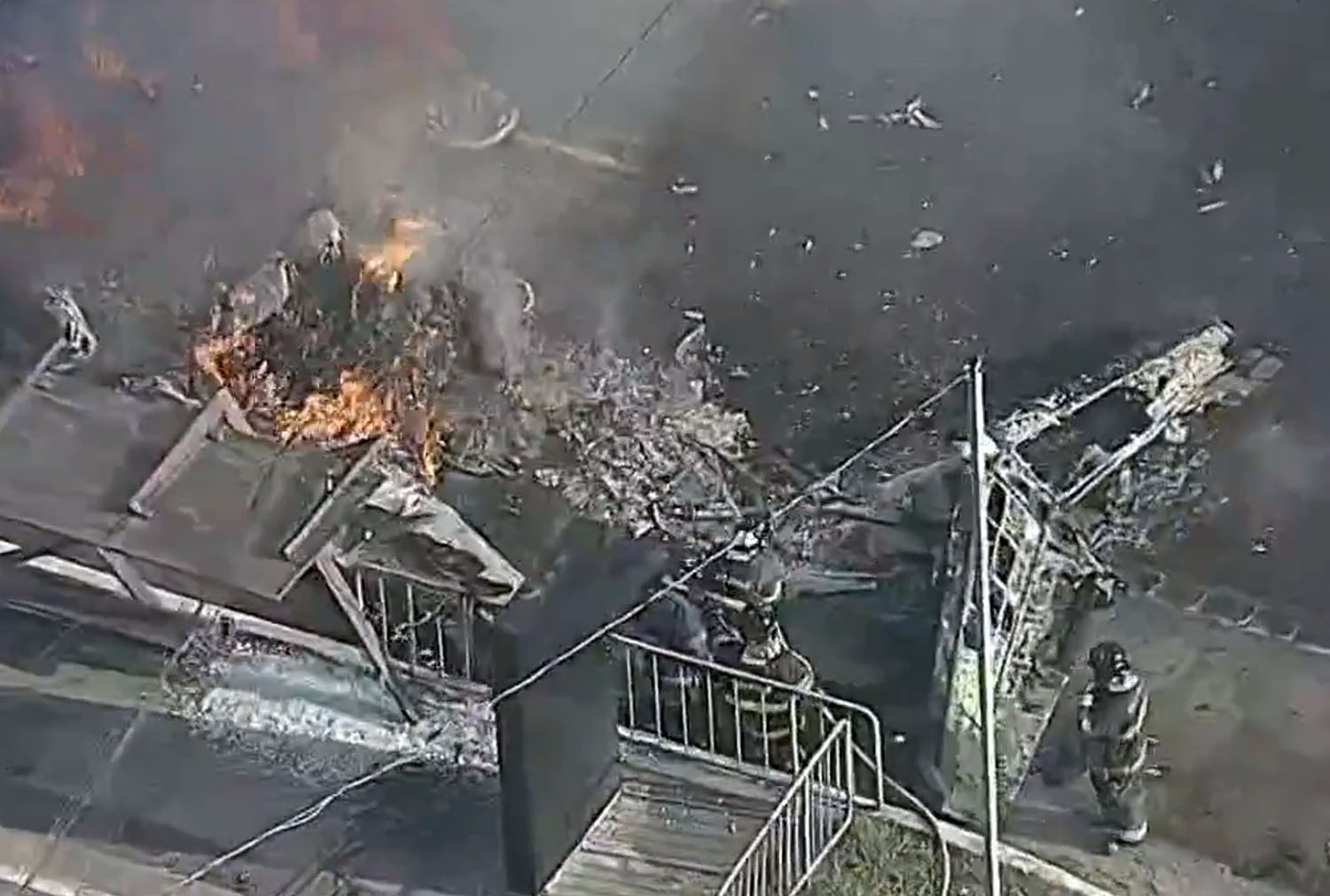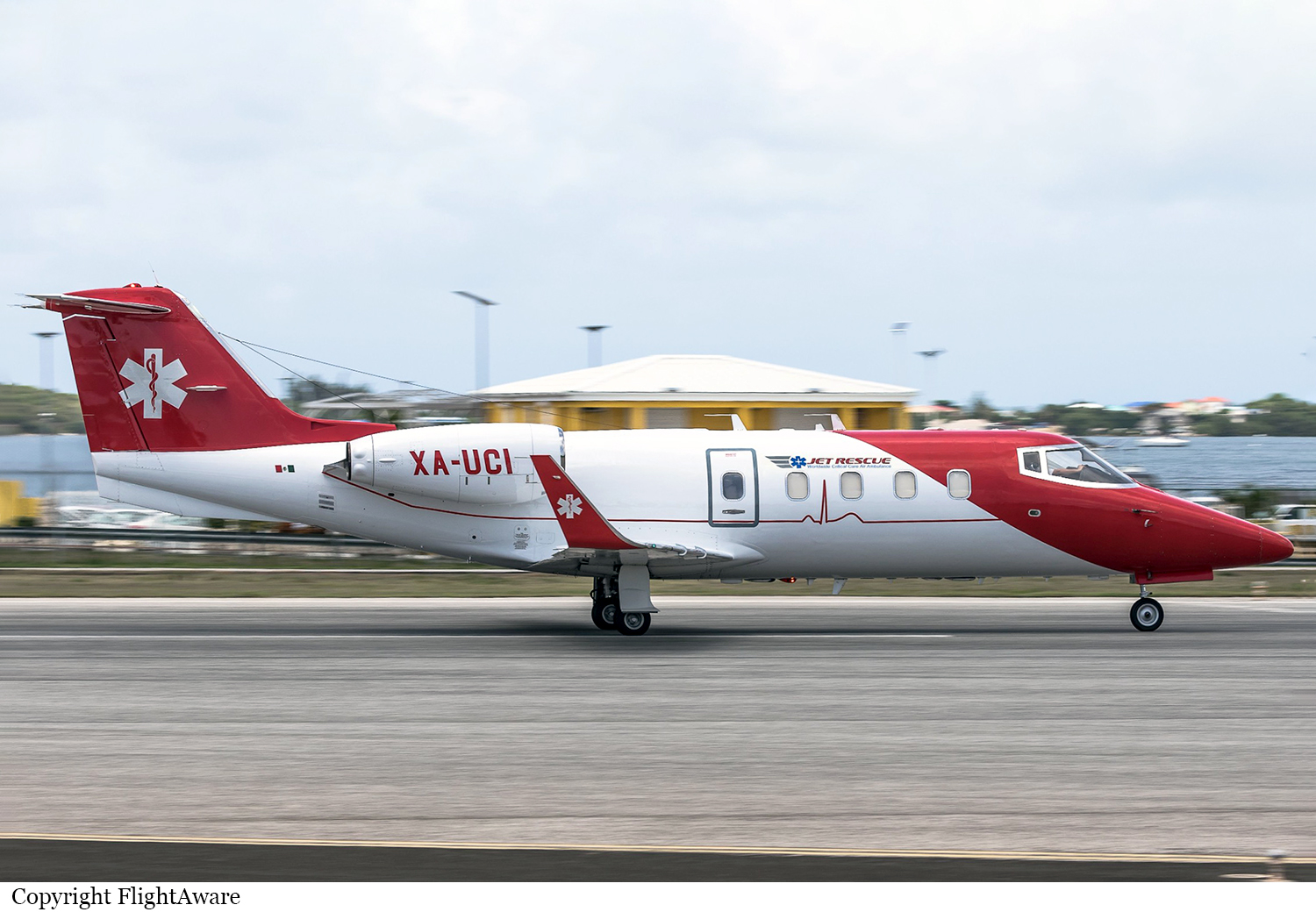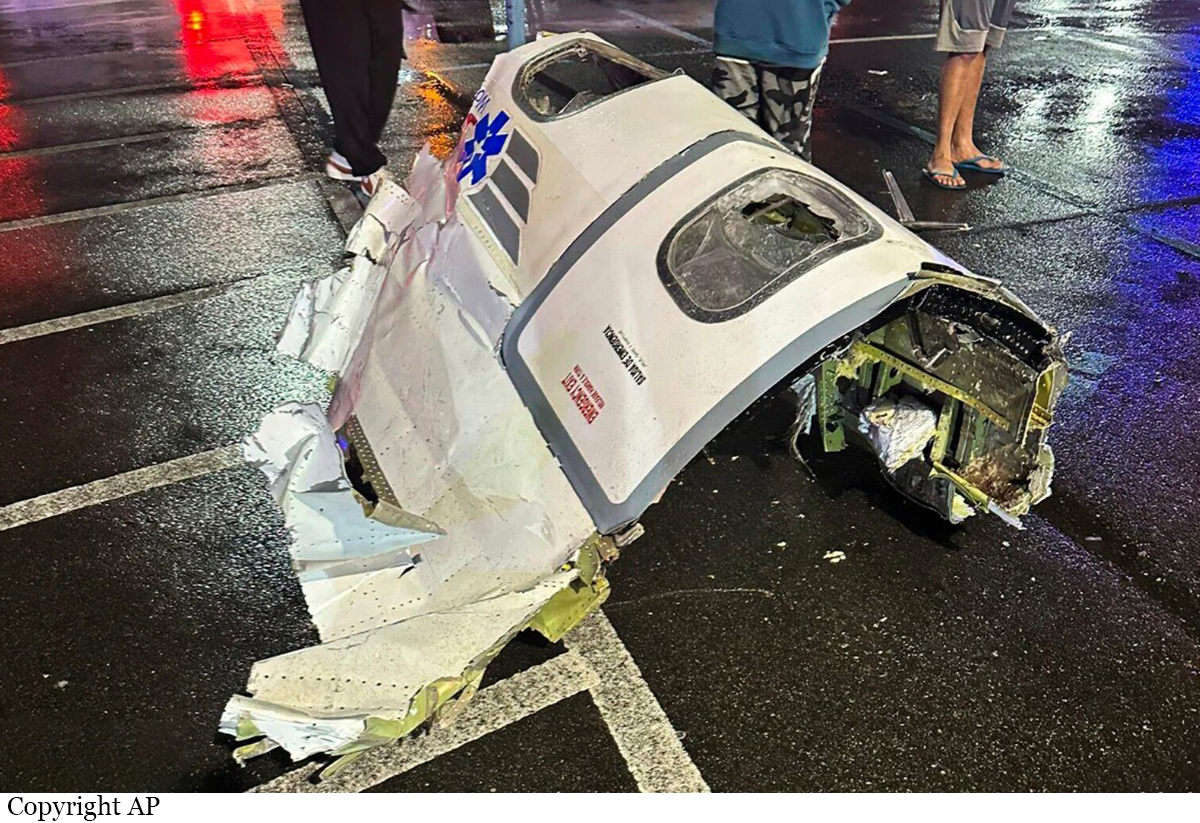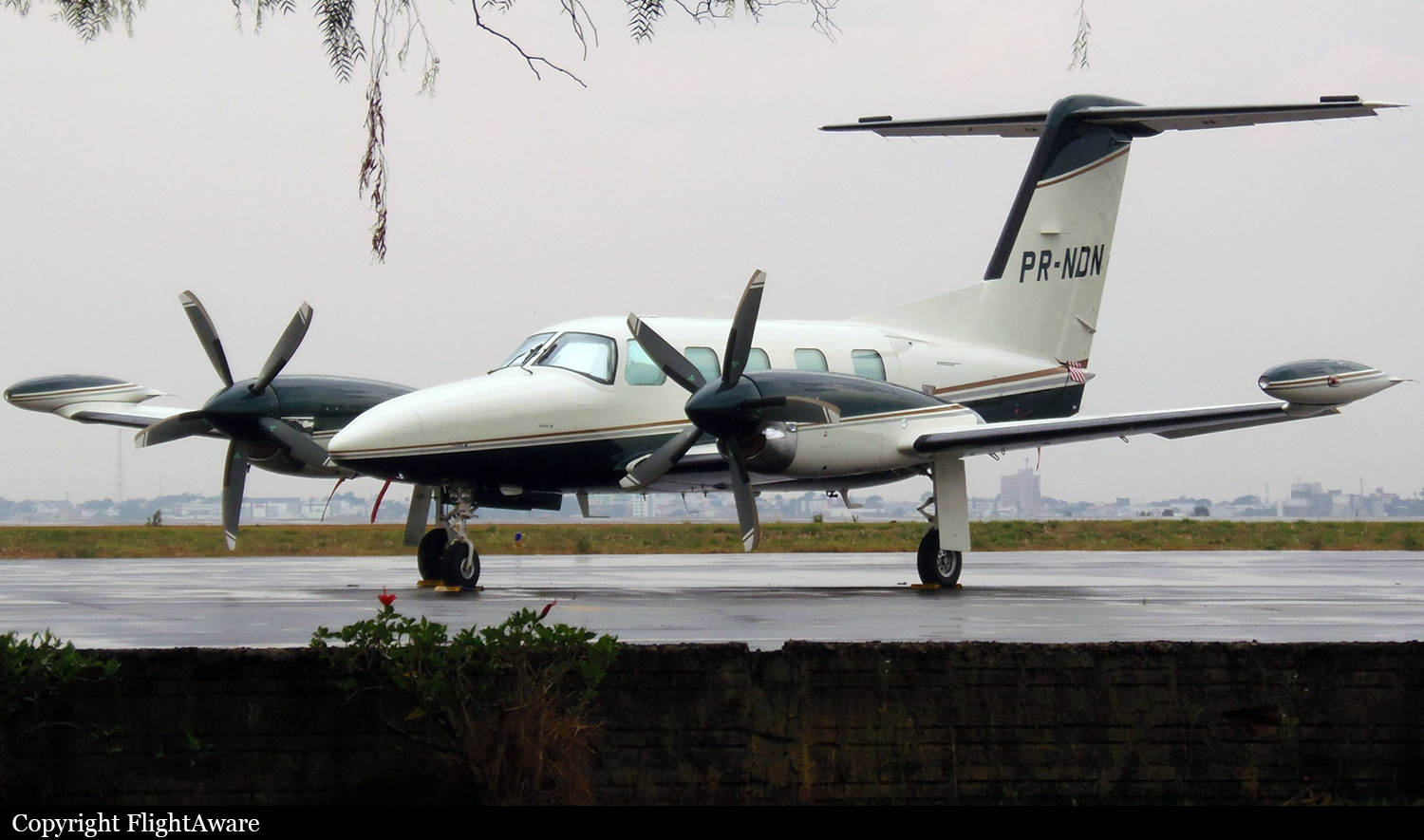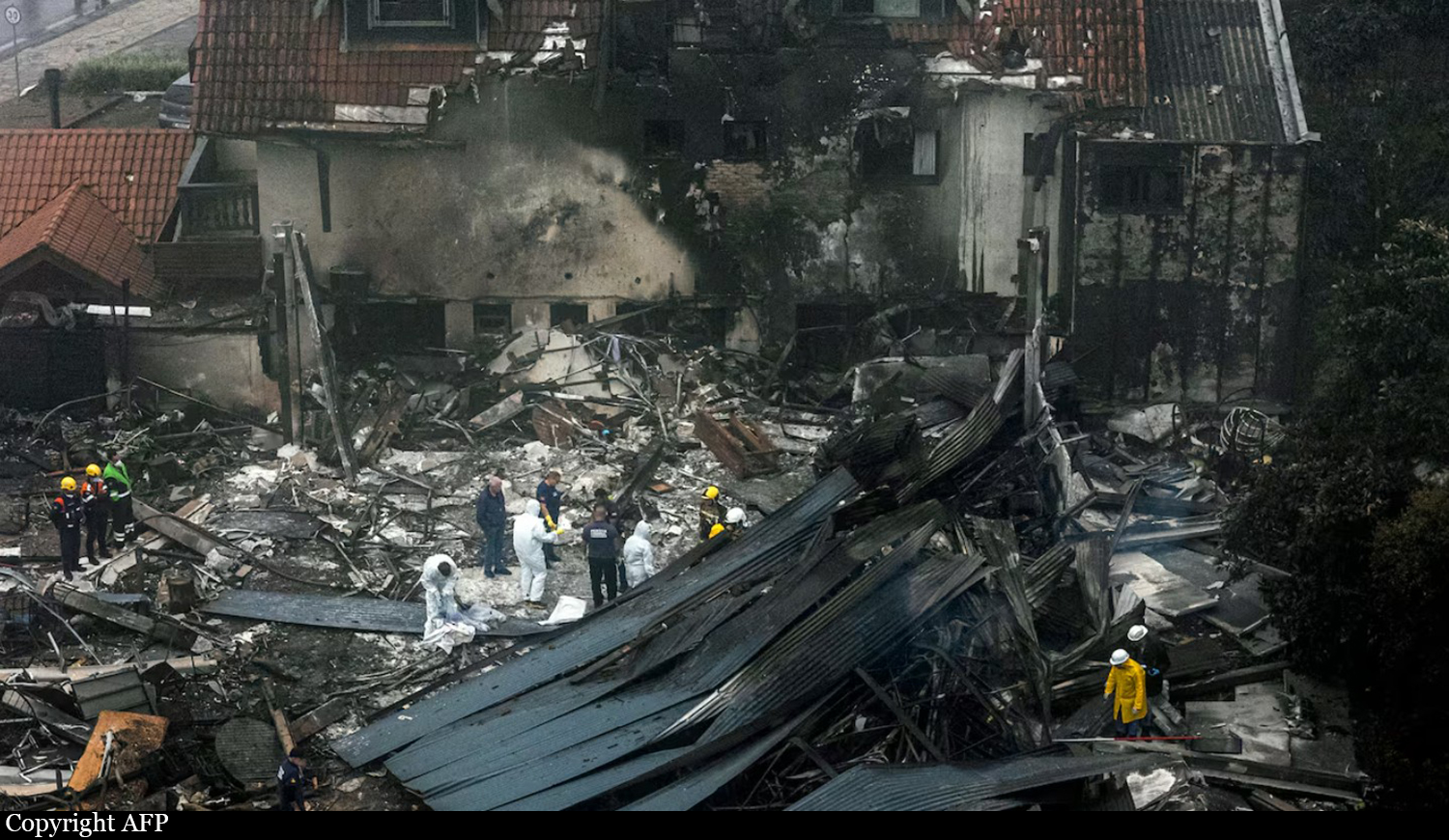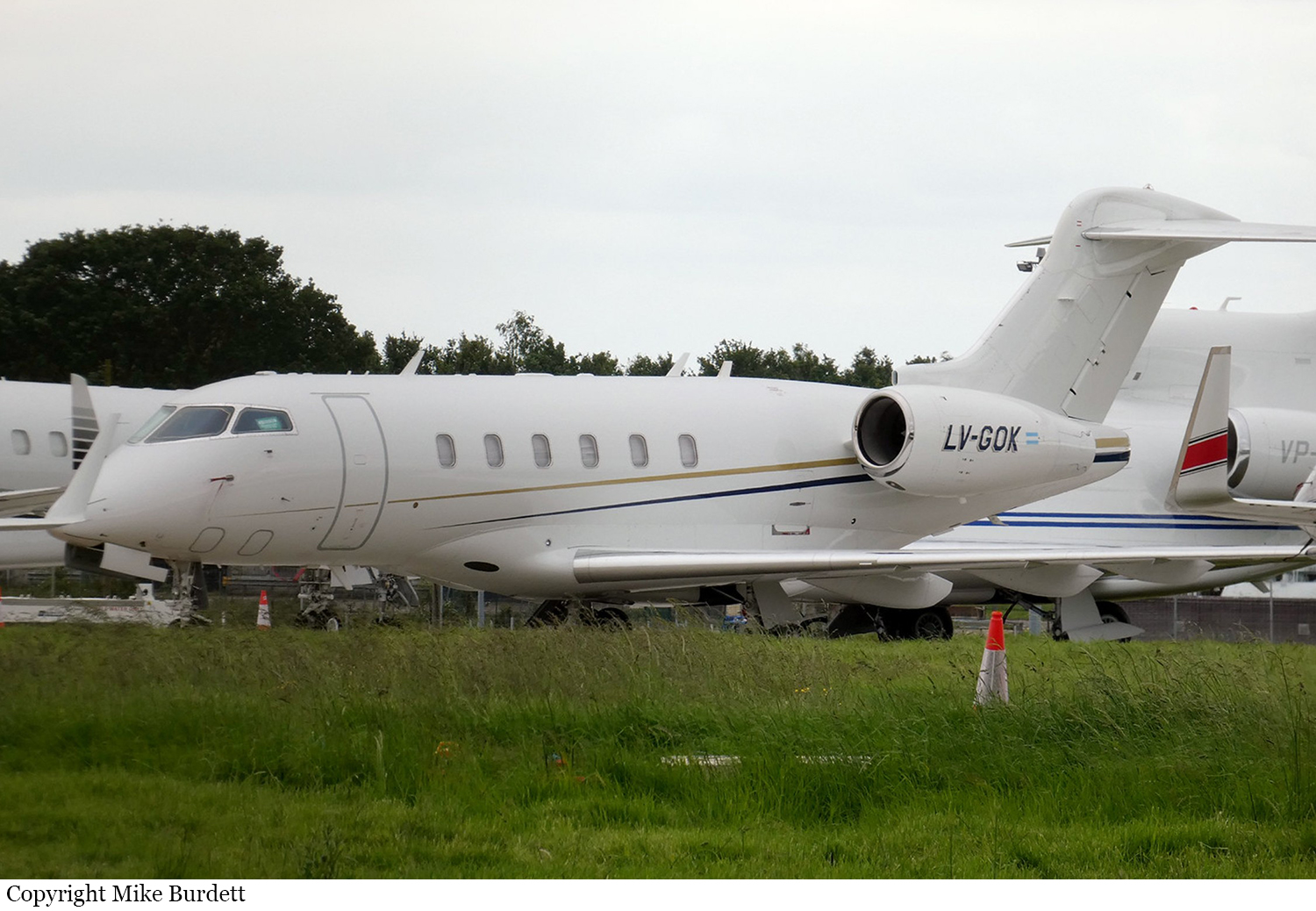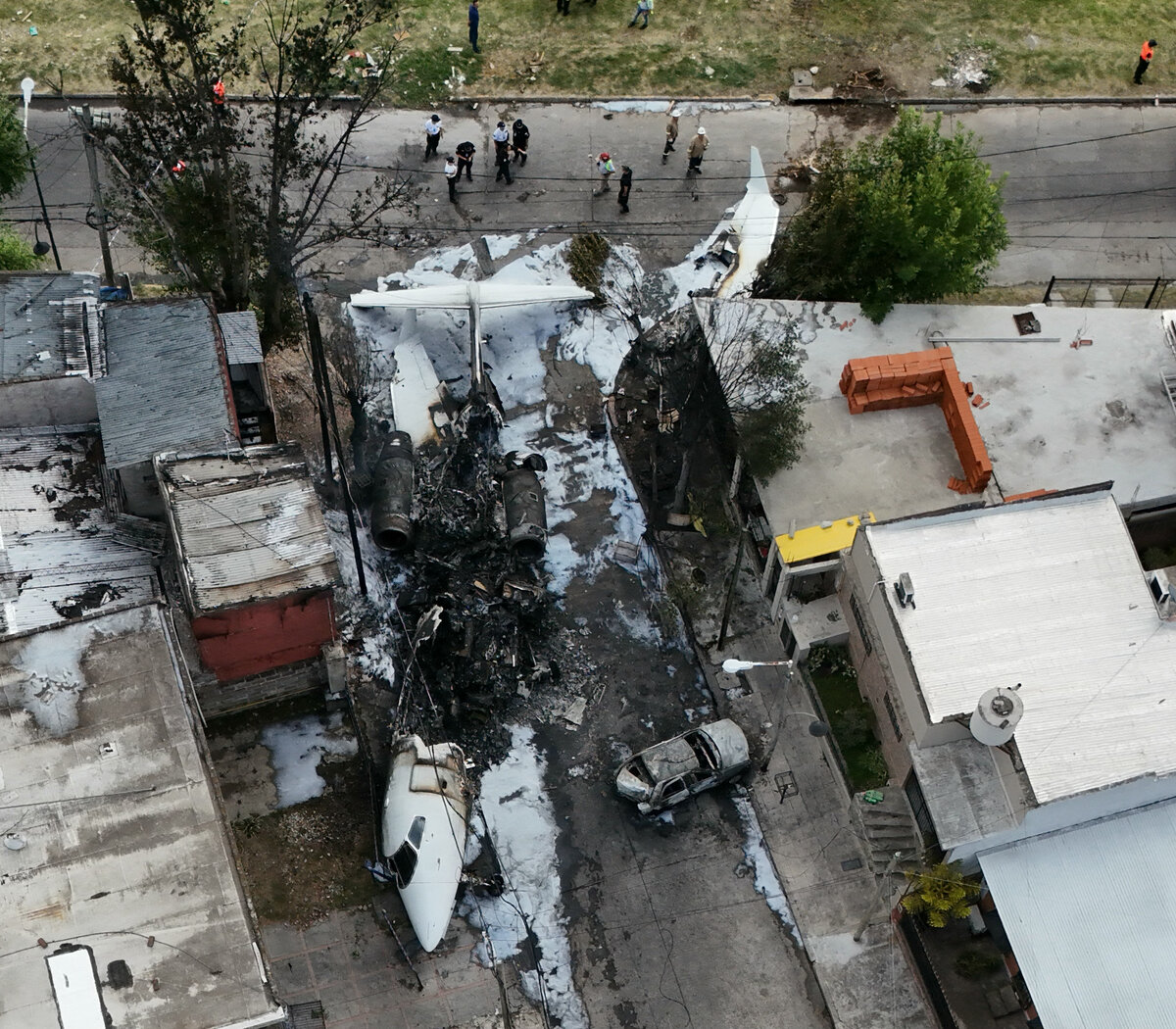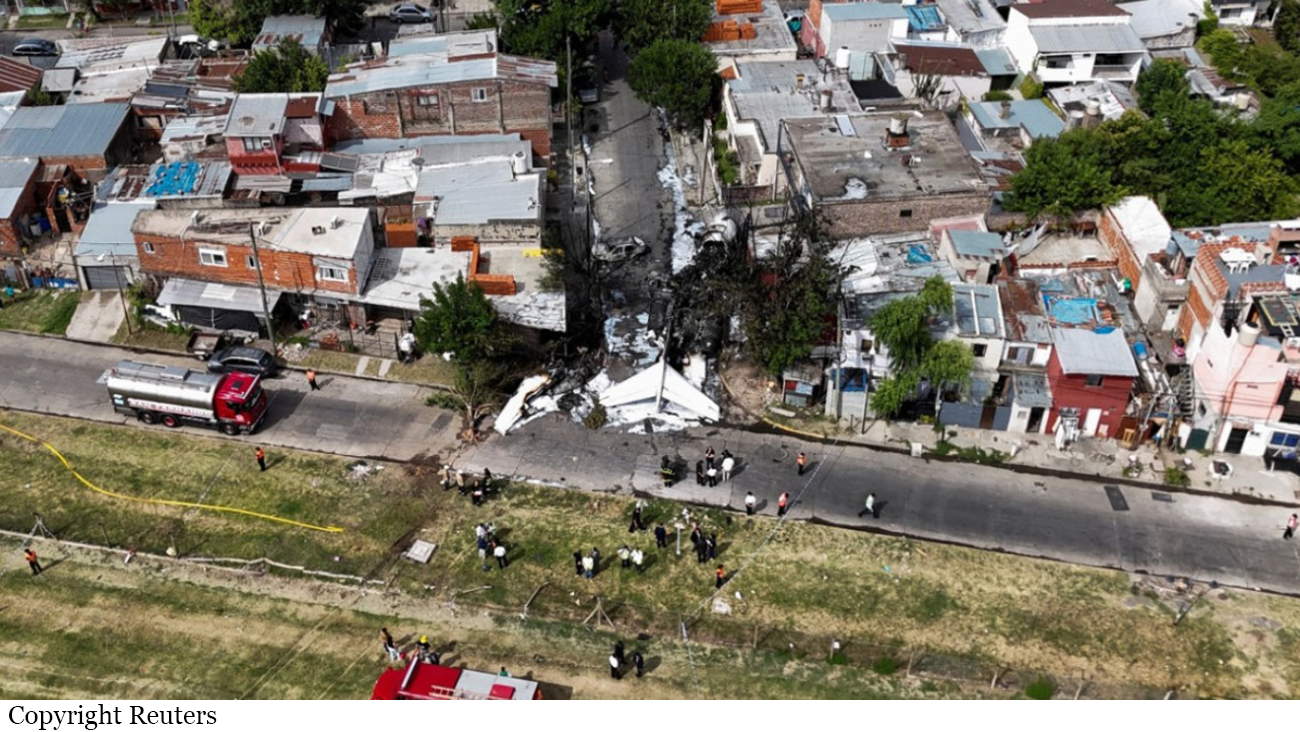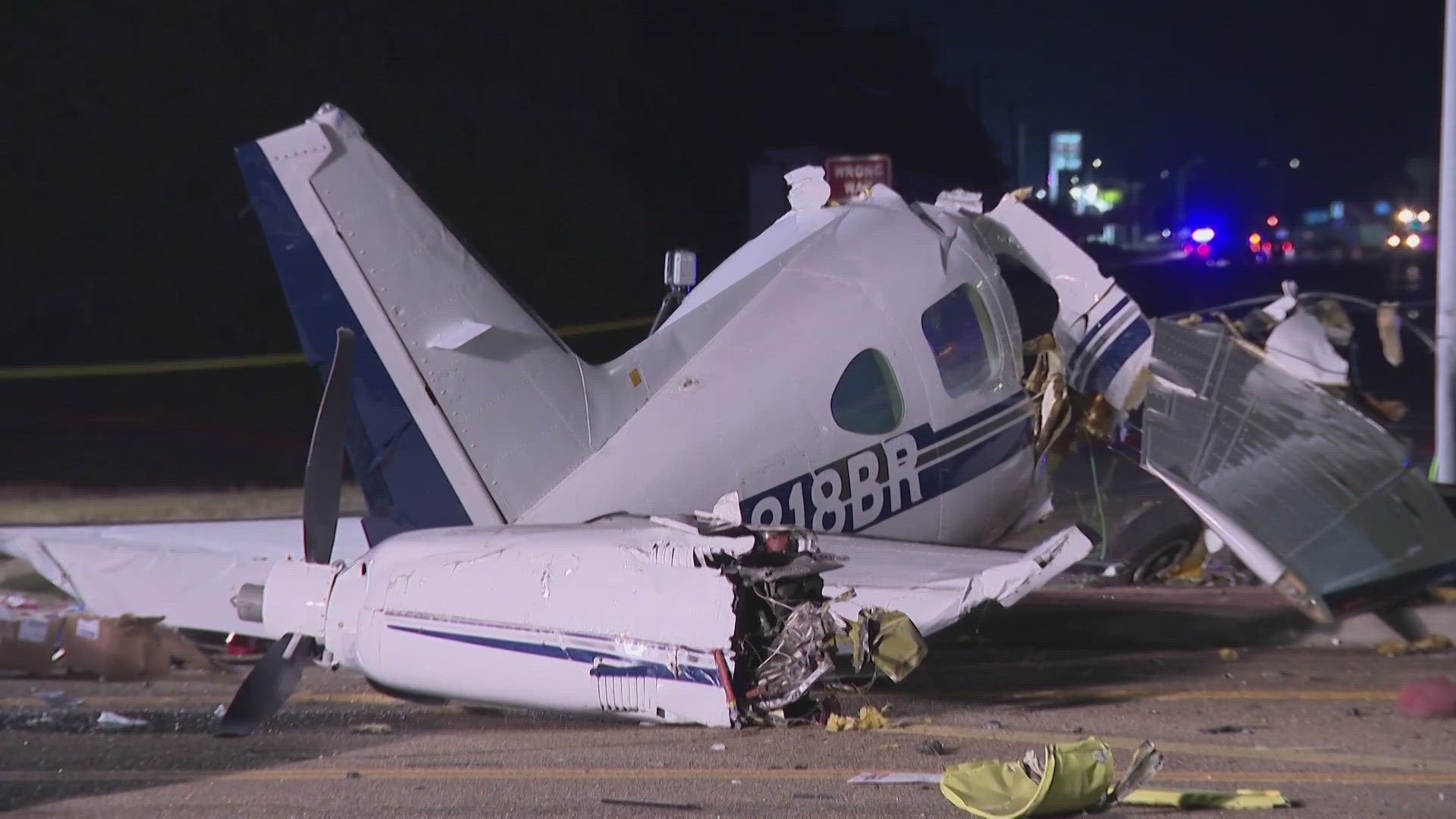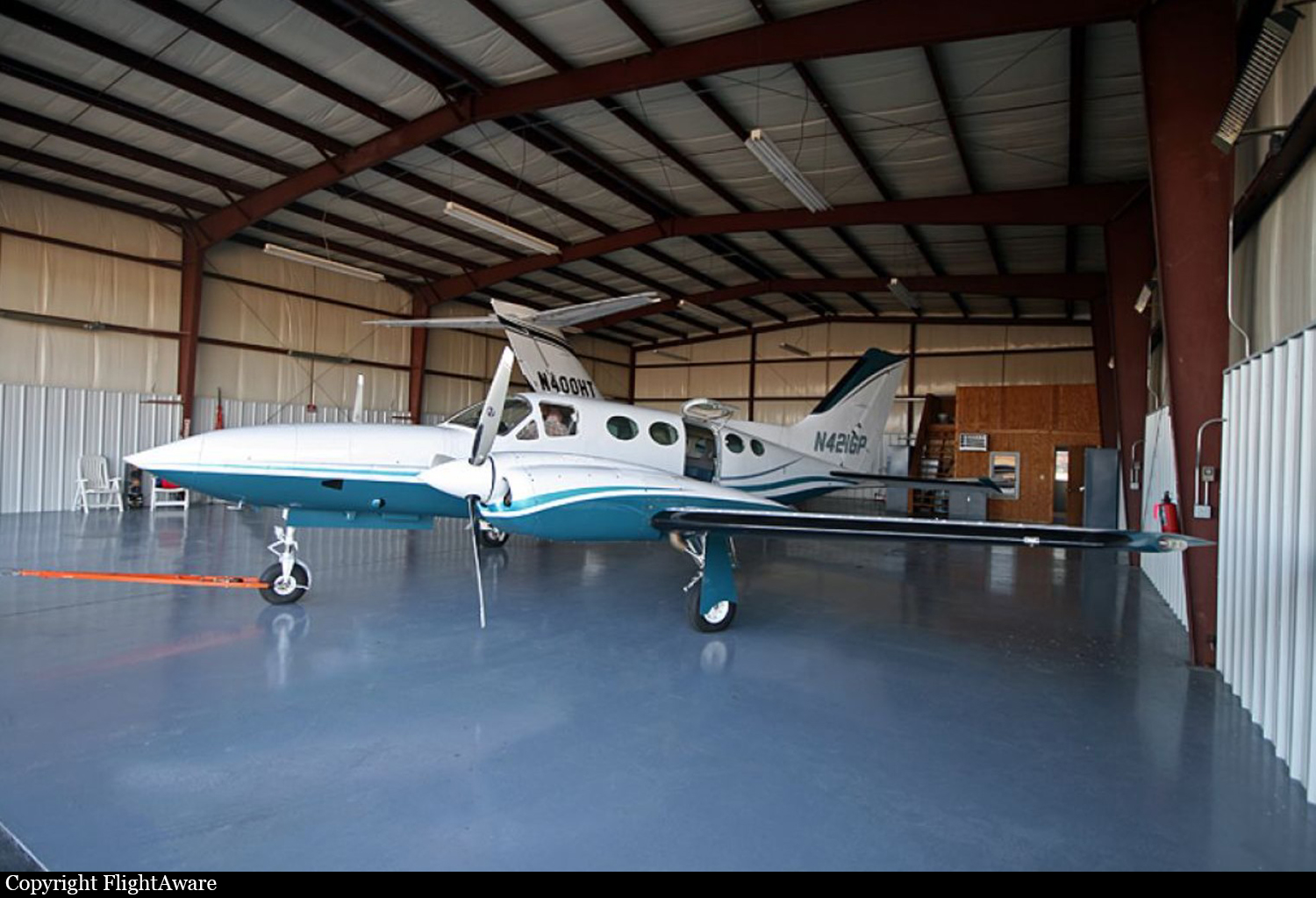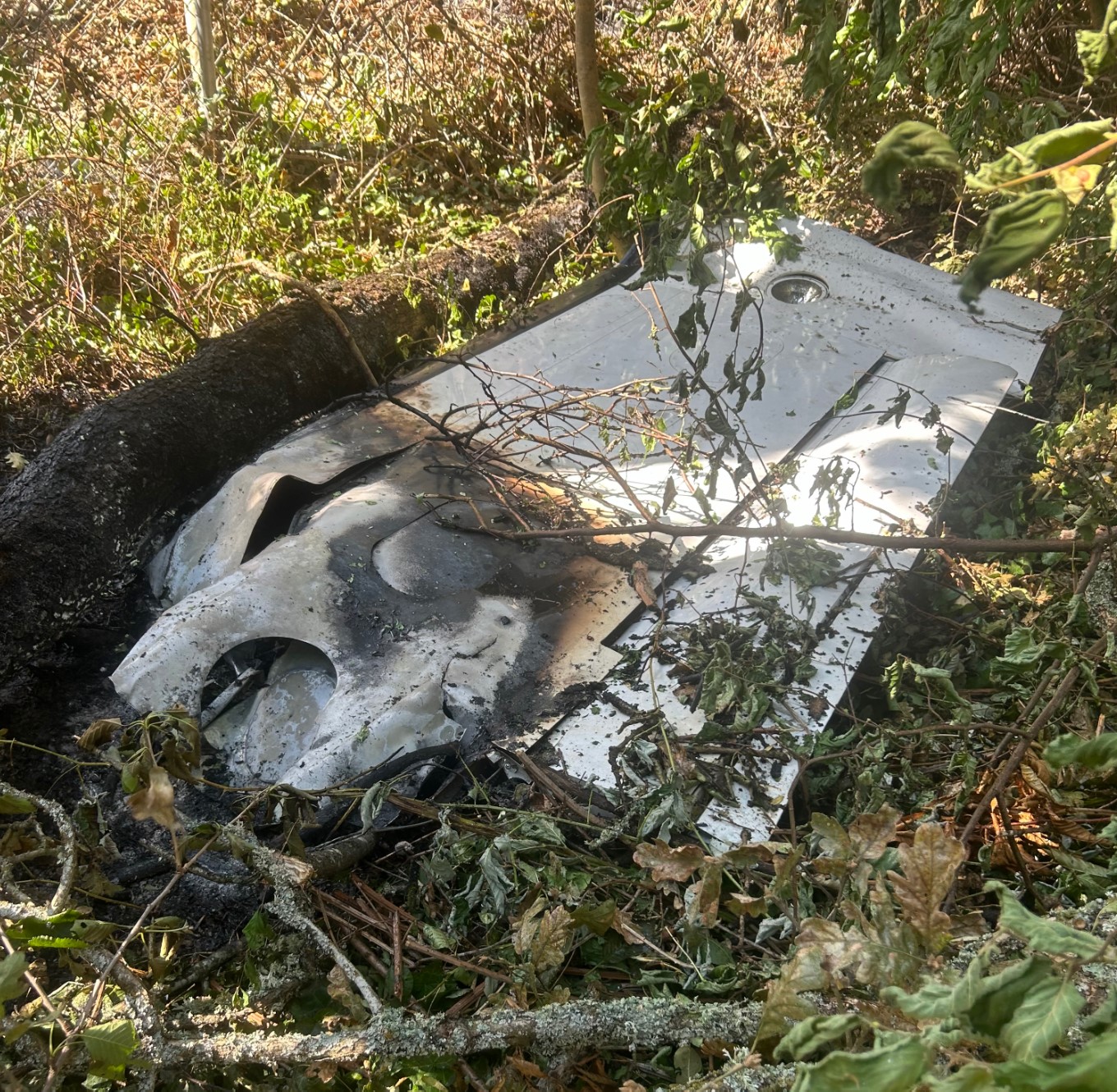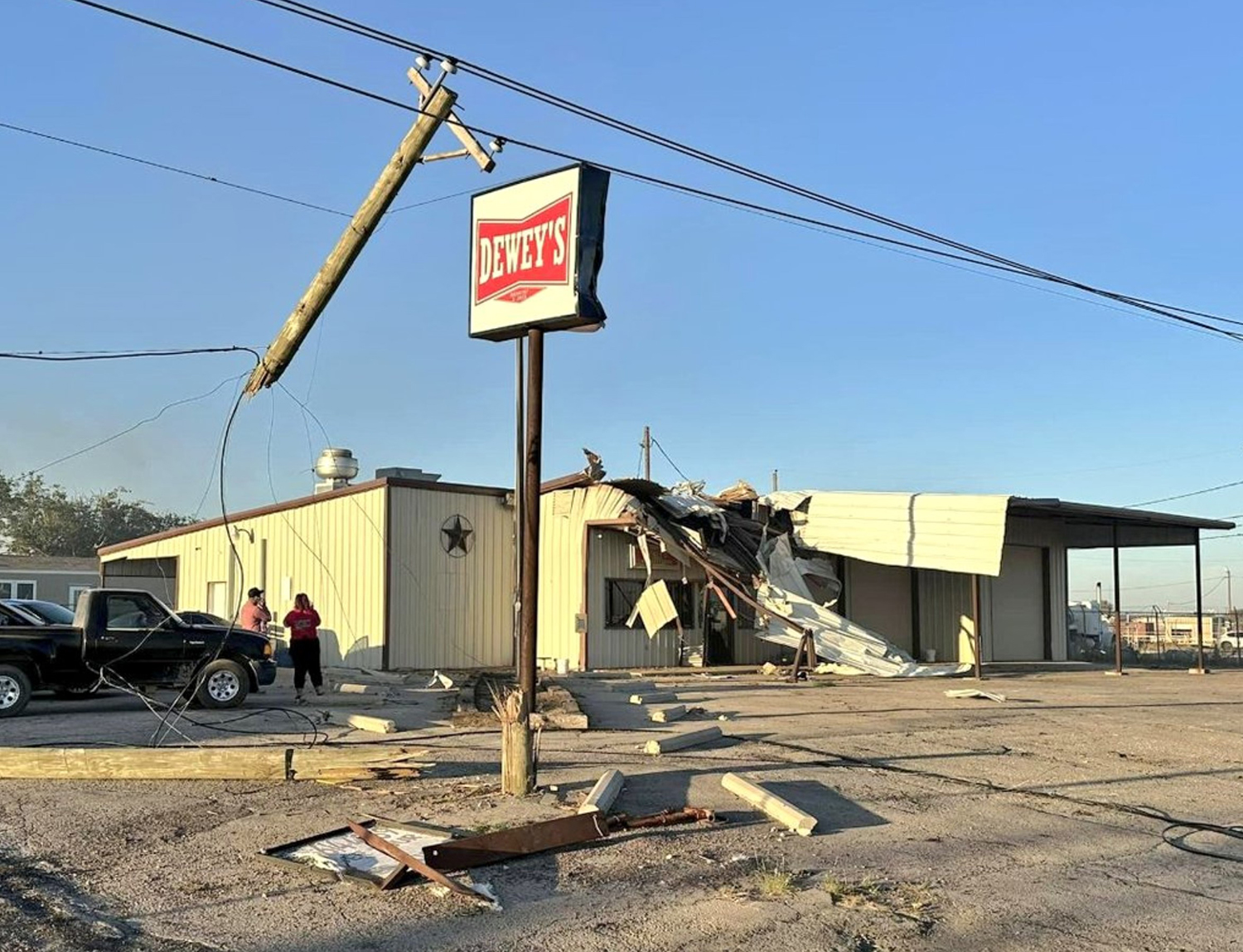Crash of an Antonov AN-26 in Omdurman: 46 killed
Date & Time:
Feb 25, 2025
Survivors:
No
Crew on board:
4
Crew fatalities:
Pax on board:
13
Pax fatalities:
Other fatalities:
Total fatalities:
46
Circumstances:
Shortly after takeoff from Wadi Seidna AFB, in the suburb of Omdurman, northwest Khartoum area, the airplane went out of control and crashed in a residential area located near the airfield, bursting into flames. All 17 occupants were killed, among them Major General Bahr Ahmed, as well as 29 people on the ground. It is believed that the crew encountered technical problems after takeoff from the airbase.
